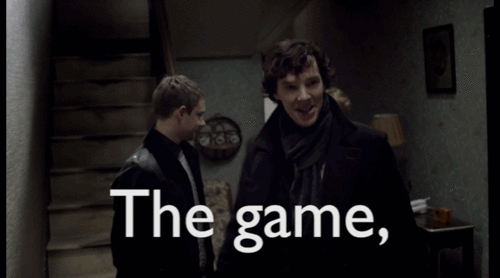
One thing art teachers never tell you in school is that sometimes the next best thing to a museum is an attic. Why? Because when someone does discover it (or steal it, same thing), it becomes a huge deal. Like, Buzzfeed homepage huge. The trick is that, the weirder the place you hide your artwork, the more famous your art will get. Your being dead or disappearing mysteriously will also help a bit. May want to rethink your career choices there, huh?
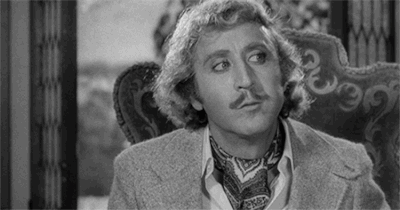
Here are some neat examples of when lost art became found-but-how-did-it-get-here art.
- Pollock:1, Lakers:0
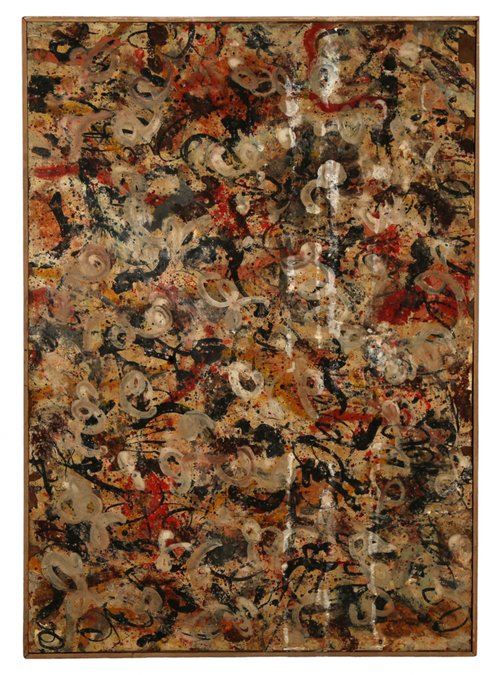
At first, the man just wanted to auction off some Lakers collectibles he found in his garage. He got them appraised for $300. An acceptable amount, sure, enough to buy 50 indestructible Nokia phones off Amazon. But when he and his auctioneer got back to his garage and found the Jackson Pollock look-alike, the auctioneer had to know if it was real. Who knew what blog posts would feature him if it were?

Turns out the owner’s late half-sister, Jennifer Gordon Coswitt, had been a bit of a high-roller in New York. She rubbed shoulders with Marcel Duchamp and Peggy Guggenheim's sister, Hazel, and got to snag some of their stuff for free—all of which would end up in Scottsdale, Arizona, after her death. The swirlicious Pollock is expected to fetch between $10 to $15 million at auction, a sum far more than the Lakers gear could have ever dreamt of getting.
- Ant-art-ica
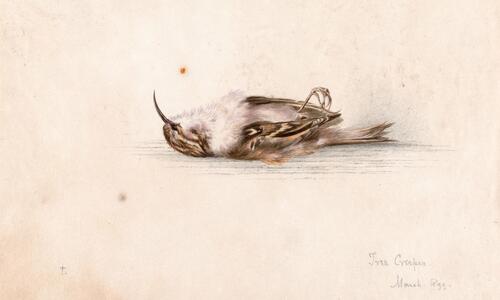
An 118-year-old watercolor of a Tree Creeper was found just this month in a hut in Antarctica. And yes, in an unfortunate continuation of birds suffering for art, the bird is dead. While cleaning out the hut for future research, the conservator was so surprised to find the portfolio that she, like a college student opening a yearbook full of pre-pubescent memories, shut it closed immediately after seeing it.

According to the signature, famed British polar explorer Edward Wilson must have painted it on his 1911 expedition. He, along with his captain, never came back.
Luckily, the cold kept the painting in mint-condition. The bird, like its artist, is drop-dead gorgeous. The penguin crap it was excavated from—not so much.
- Nazi what I’ve got
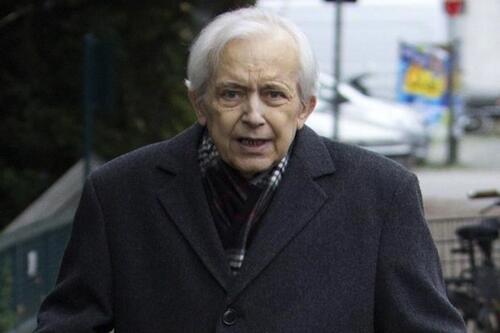
Cornelius Gurlitt kept 1,280 Nazi-looted artworks in his Munich apartment and no one discovered them until November of 2014. His father, Hildebrund Gurlitt, had been a Nazi-approved art dealer who forced Jews fleeing the country to sell him their art for little to nothing. The Gurlitt family had made a deal with the Devil, and everyone knew it.
As a social recluse, though, Gurlitt managed to sit tight with his treasure trove for quite a while. Smaug with an arts degree, if you will.

His big giveaway happened in 2011, when he sold a painting that had been sold to his father under duress (aka: "give me the art or die"). Gurlitt could only sit in a chair and watch as, the following year, German authorities removed every single one of his paintings from his apartment. They also, against their own intentions, made him a media sensation.
Gurlitt the Hermit must not have appreciated that at all. Fellow introverts will agree that the only thing better than being known is in fact the opposite.
- Stuart Little

First of all, how is it possible that anyone watching Stuart Little would pay more attention to its backgrounds than its super-lifelike, super-relatable CGI mouse person?
But, yes, the impossible can indeed happen; an art-historian lets his eyes slip for one second and finds a lost treasure in the background of a movie scene. The big find? Sleeping Lady with Black Vase by Robert Bereny, a Hungarian painter and a big fan of Paul Cezanne. Here's a close up:
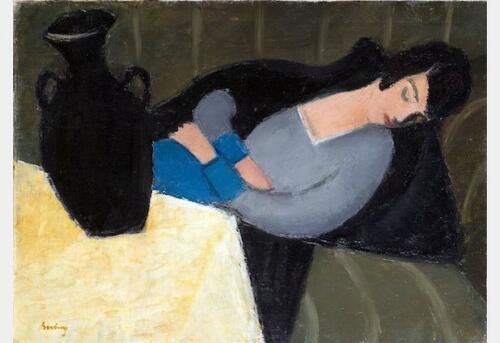
A film assistant, unaware of its value, had purchased it from an antiques store and thought it would look terrific on set. And, fifteen years after the movie first aired, the painting finally attracted the attention of an art historian with a sharp eye but misplaced attention span. Quite a big catch for a little movie, I must say.

By: Claudia
Sources
- Shoumatoff, Alex. "How 1,280 Artworks Stolen by the Nazis were Hidden in a Munich Apartment Until 2012." The Hive. April 01, 2015. Accessed June 13, 2017. http://www.vanityfair.com/news/2014/04/degenerate-art-cornelius-gurlitt….
- Cascone, Sarah. "Found in a Garage, 'Jenifer's Jackson Pollock' Could Fetch $15 Million." Artnet News. June 13, 2017. Accessed June 13, 2017. https://news.artnet.com/market/arizona-garage-jackson-pollock-j-levine-….
- Olmedo-Perez, Mauricio. "Painting from Scott expedition discovered in Antarctica." BBC News. June 13, 2017. Accessed June 13, 2017. http://www.bbc.com/news/world-asia-40245227.
- Locker, Melissa. "Lost Painting Found by Art Historian While Watching Stuart Little." HWD. November 30, 2014. Accessed June 13, 2017. http://www.vanityfair.com/hollywood/2014/11/stuart-little-leads-to-lost….









